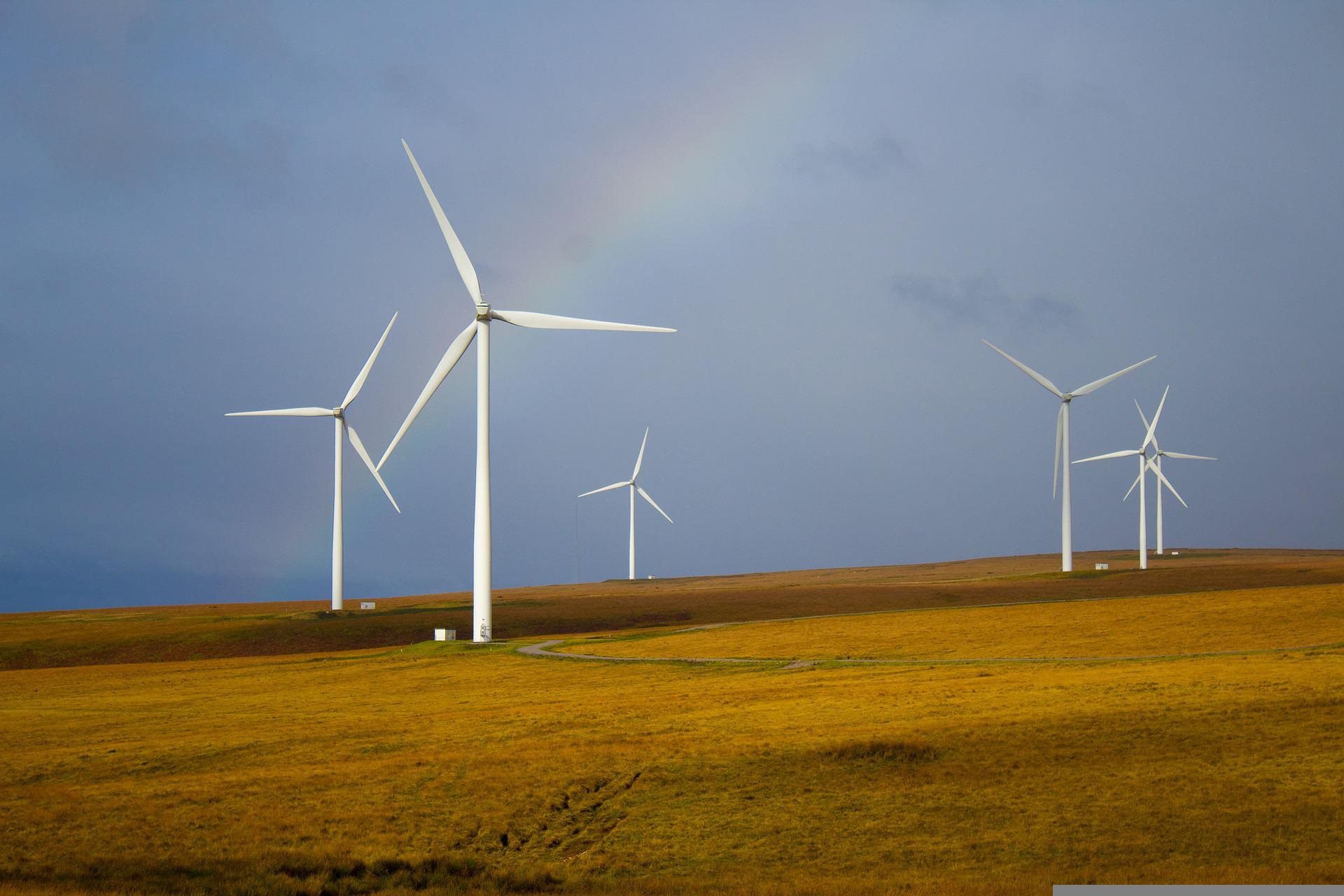Martin Whiteford
- Partner

We have declared a climate emergency and net-zero is rarely out of the public conversation. There is renewed hope that we have reached a tipping point in the clean energy revolution.
Our students and school pupils have played a critical role in leading us here. They have generated a sense of urgency and made us all realise that we still have agency, and that action is possible. The Fridays for Future campaign very visibly demanded that we don’t mortgage the planet for our children’s future. Let us also remember the impact of fossil fuel divestment campaigns in our universities.
It has been said that the Stone Age didn’t end for want of stones. Something better has come along. Renewable energy is surging because they are ever more competitive with fossil fuel energy.
Further, we are all now facing a world where our expenditure is materially impacted by significant fluctuations in wholesale energy prices.
In the face of all of these factors, we believe all organisations should be renewing their efforts to incorporate on-site or local energy generation. Roughly a quarter of your bill is paid to the transmission and distribution network operators to deliver energy into our buildings. Almost a quarter goes to the supplier for billing, metering and their margin.
If supply is localised, it is possible to keep the supplier and wholesale energy costs in the local economy, which equates to half the bill.
Our energy system is undergoing significant change. Traditional centralised, fossil-based systems are giving way to an increasingly renewable, decentralised system. This is happening as a result of four major trends:
At the same time, all institutions are separately striving to improve environmental, social and governance (ESG) credentials, in the face of pressure from students, staff and stakeholders.
These trends all open the door to different business models for onsite generation and different ways in which individual organisations can participate in the energy sector.
The rise of such producer-consumers is sometimes referred to as “prosumers”. Building your own, on-site power generation and energy storage, and possibly even micro-grid infrastructure can help you achieve several benefits:
Those that produce significant amounts of green energy can create a surplus which they can sell back to the grid or to neighbouring consumers through a private wire arrangement, creating another revenue stream for your business
It’s worth remembering that renewable ‘fuel’ is free, so the dominant cost in consuming energy becomes the infrastructure needed to deliver it.
Wind turbines and solar PV panels have low operational costs once built, so the initial capital expenditure is where the dominant cost lies.
On-site generation is a case of taking each site and each institution individually, to find a solution that works. It is very important that you have a clear understanding of what you’re trying to achieve. Are you looking for cost savings, self-sufficiency, income generation or all of the above?
The desire to reach these goals must be balanced against any increased risks and the time
and complexity of putting in place an on-site supply project. You must also be able to ‘sell’ and explain your chosen solution to all of your investors and stakeholders.
Space and resource availability is critical. These projects can require significant space – either rooftop or land, which may not be readily available.
Similar to on-site generation is private wire in which a renewable installation is located on land adjacent or near to the power consumer (typically less than 10 km) and again the private wire connection avoids use of the public electricity grid. The generators’ margins are therefore far higher.
If you generate onsite you could set yourself up as a generator and sell power to your neighbour or tenants, or you could look for adjacent partners that could generate power on neighbouring land for your onsite use. Is it worth speaking to adjacent landowners about a private wire project?
Those building and operating a ‘private wire’ network need to ensure that either an exemption applies (generally the case) under the Electricity Act or that a licence has been obtained. From a regulatory perspective can be more complex and often the private wire network operator must rely on several different exemptions relating to generation, distribution, and supply.
Smart grids are systems that let energy flow both into and out of buildings, measures and controlled by digitised systems. By balancing demand, they can reduce inefficiencies, but they also create all kinds of opportunities at the local level. Our universities can lead the way in our towns and cities, encouraging collaboration and experimentation at the local level.
We hear more and more about smart cities and local energy grids but there is no reason why that couldn’t be a smart campus and local energy grids controlled and operated by our educational institutions. District heating schemes have been common on our campuses for decades.
The pandemic highlighted our reliance on massive but fragile infrastructure. It has generated a long-overdue discussion about localism, the public good and environmental sustainability. Our universities and schools can, and should, be active participants in this discussion.
If you have questions on incorporating any of the above into your own clean energy system, please contact Martin Whiteford.
You might be interested in the following resources: